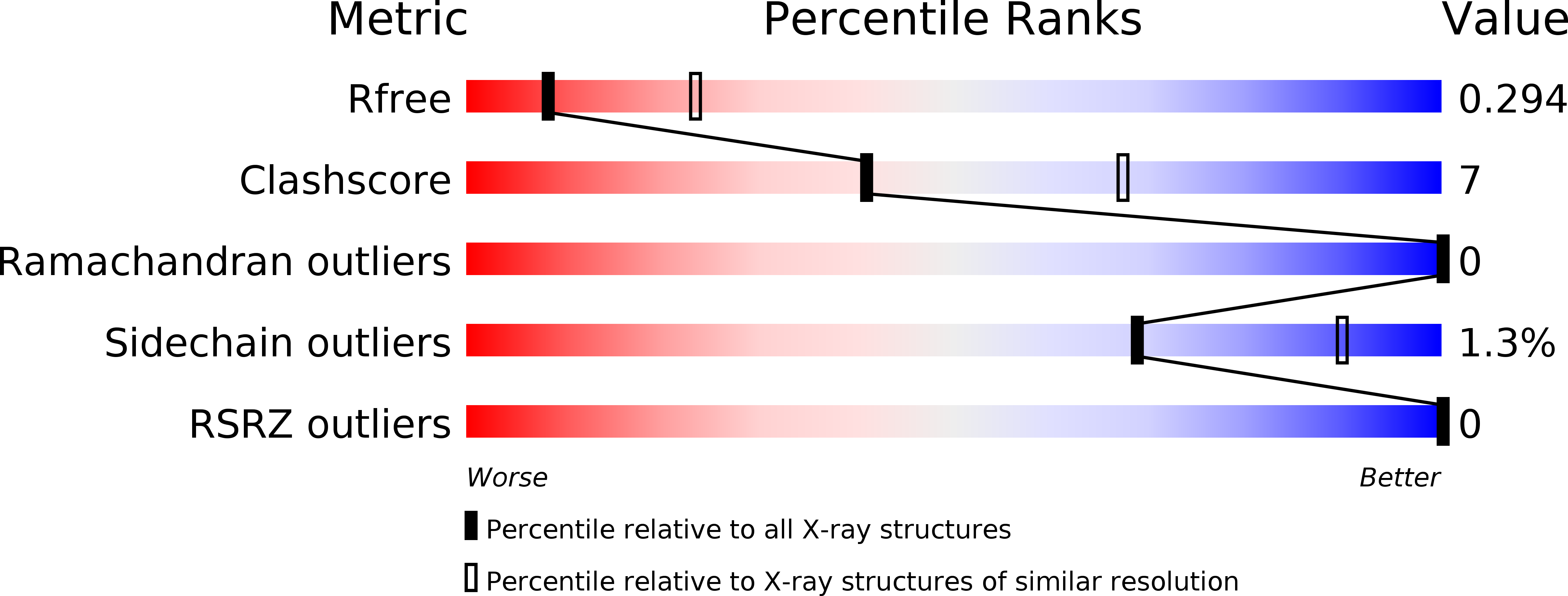
Deposition Date
2020-05-11
Release Date
2020-07-15
Last Version Date
2024-10-23
Method Details:
Experimental Method:
Resolution:
2.90 Å
R-Value Free:
0.29
R-Value Work:
0.24
Space Group:
P 41 21 2


